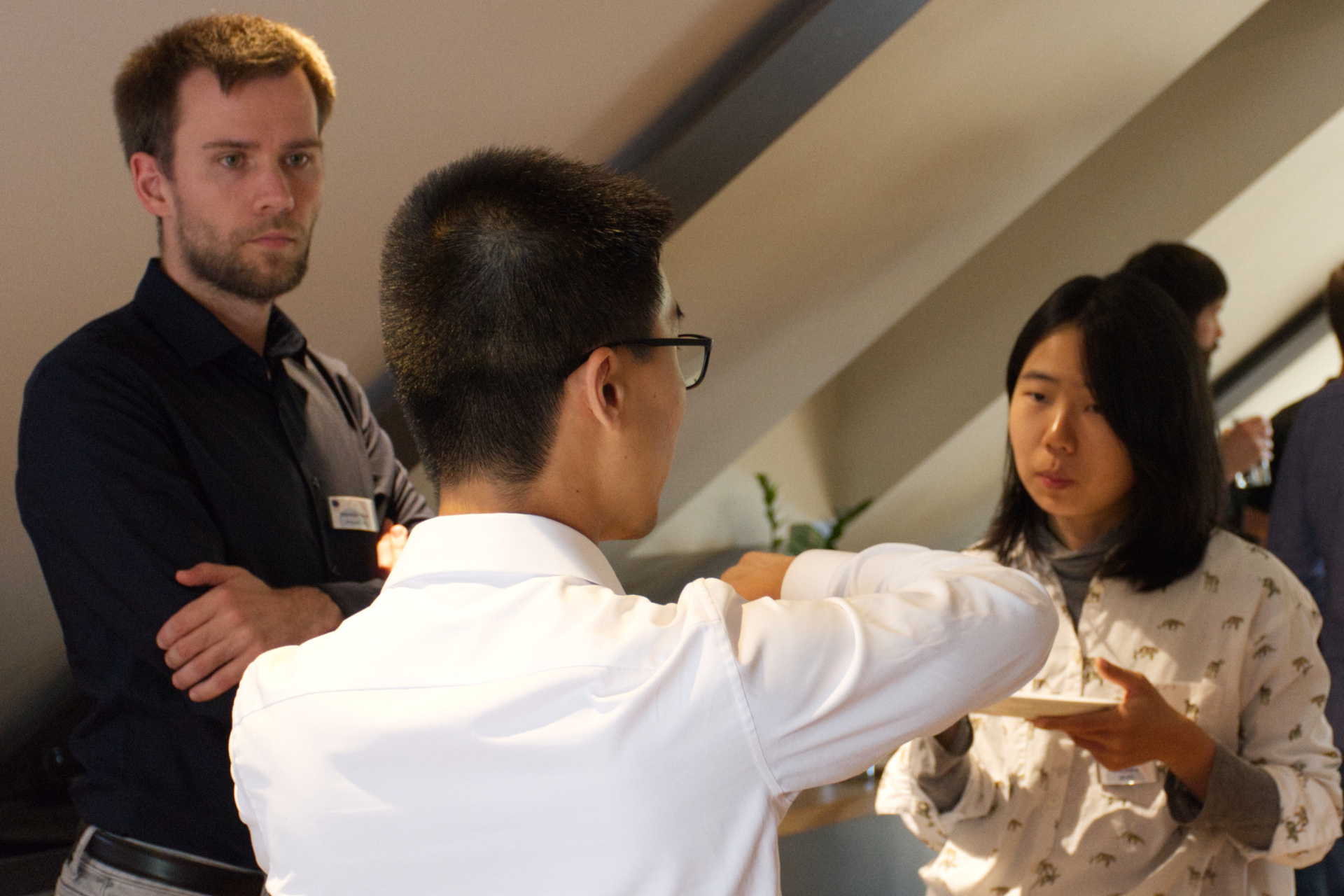On-line SPICE-SPIN+X Seminars
On-line Seminar: 24.01.2024 - 15:00 CET
Orbital Angular Momentum for Spintronics
Mathias Kläui, JGU Mainz
Novel spintronic devices can play a role in the quest for GreenIT if they are stable and can transport and manipulate spin with low power. Devices have been proposed, where switching by energy-efficient approaches is used to manipulate topological spin structures [1,2].
We combine ultimate stability of topological states due to chiral interactions [3,4] with ultra-efficient manipulation using novel spin torques [3-5]. In particular orbital torques [6] increase the switching efficiency by more than a factor 10. We probe the materials dependence of the orbital current generation and conversion and show that the switching current density is strongly reduced compared to state-of-the-art spin-orbitronic devices.
We use skyrmion dynamics for non-conventional stochastic computing applications, where we developed skyrmion reshuffler devices [7] based on skyrmion diffusion, which also reveals the origin of skyrmion pinning [7]. We go beyond simple ferromagnets and study multilayers with antiferromagnetic coupling termed synthetic antiferromagnets. We find that the diffusion dynamics is drastically enhanced due to the topology and efficient dynamics can be induced by spin torques [8]. Finally, we find novel topological spin structures, such as bi-merons that are stabilized in synthetic antiferromagnets [9].
References
[1] G. Finocchio et al., J. Phys. D: Appl. Phys., vol. 49, no. 42, 423001, 2016.
[2] K. Everschor-Sitte et al., J. Appl. Phys., vol. 124, no. 24, 240901, 2018.
[3] S. Woo et al., Nature Mater., vol. 15, no. 5, pp. 501–506, 2016.
[4] K. Litzius et al., Nature Phys., vol. 13, no. 2, pp. 170–175, 2017.
[5] K. Litzius et al., Nature Electron., vol. 3, no. 1, pp. 30–36, 2020.
[6] S. Ding et al. Phys. Rev. Lett. 125, 177201, 2020; Phys. Rev. Lett. 128, 067201, 2022.
[7] J. Zázvorka et al., Nature Nanotechnol., vol. 14, no. 7, pp. 658–661, 2019;
R. Gruber et al., Nature Commun. vol. 13, pp. 3144, 2022.
[9] T. Dohi et al., Nature Commun. vol. 14, pp. 5424, 2023.
[9] M. Bhukta et al., arxiv:2303.14853 (Nature Commun. in press 2024)
Please sign up here in order to get the Zoom link and regular announcements of the upcoming talks.









